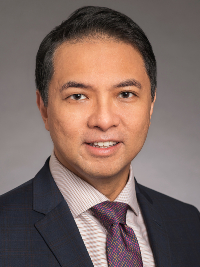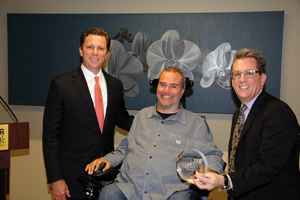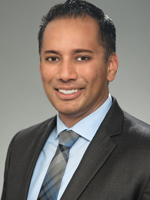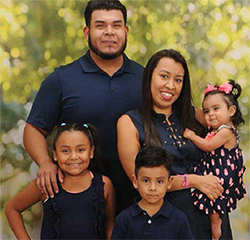TIRR Memorial Hermann Receives SCI Model System
The Texas Model Spinal Cord Injury System (TMSCIS) at TIRR Memorial Hermann has been funded by the National Institute on Disability, Independent Living and Rehabilitation Research through 2021.
The Texas Model Spinal Cord Injury System (TMSCIS) at TIRR Memorial Hermann has been funded by the National Institute on Disability, Independent Living and Rehabilitation Research (NIDILRR) from 2016 through 2021. NIDILRR awards SCI Model System Center grants to institutions that are national leaders in medical research and patient care and provide the highest level of comprehensive specialty services from the point of injury through rehabilitation and reentry into full community life.









